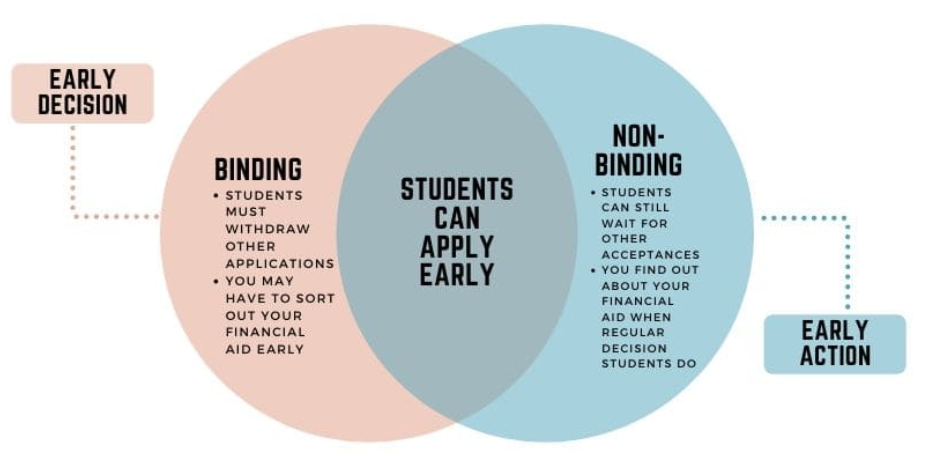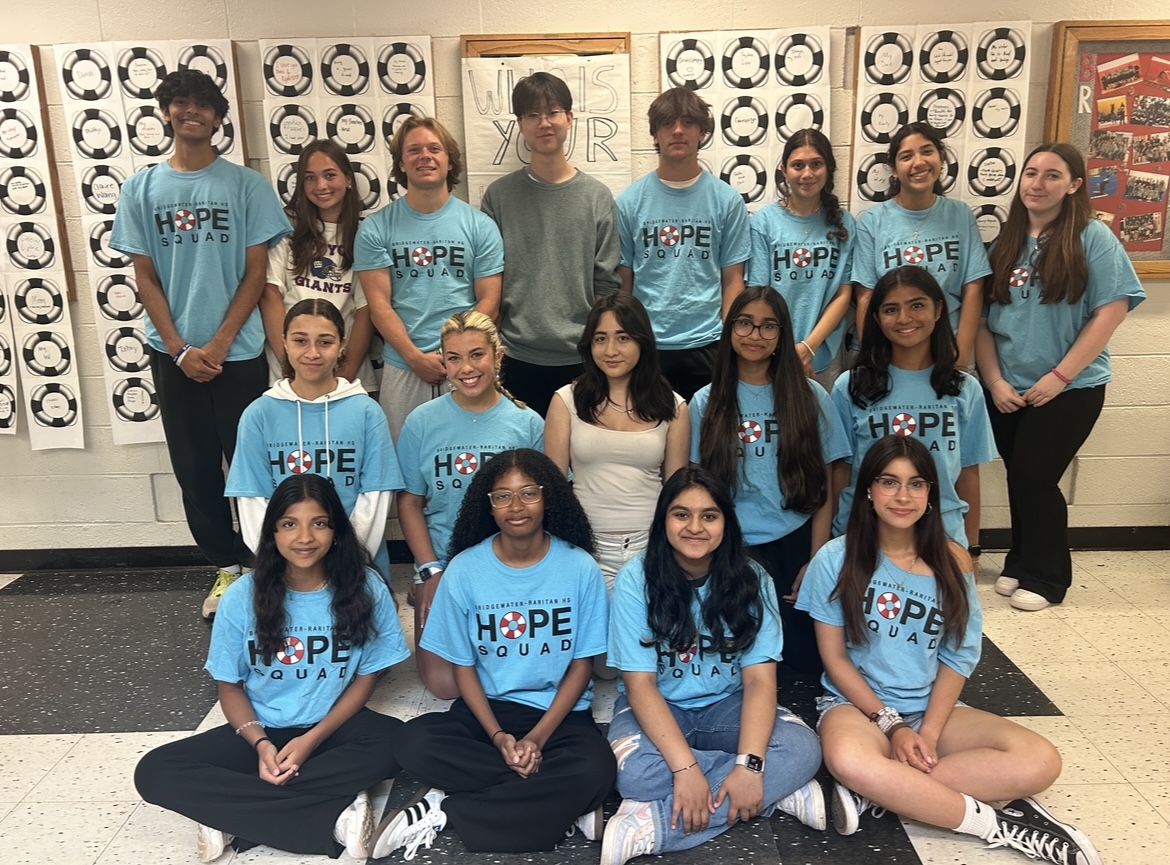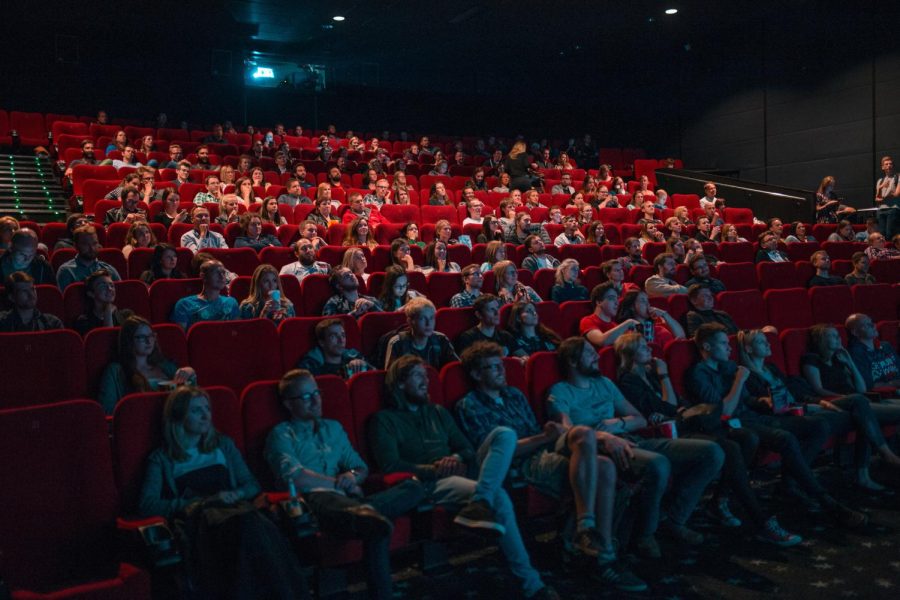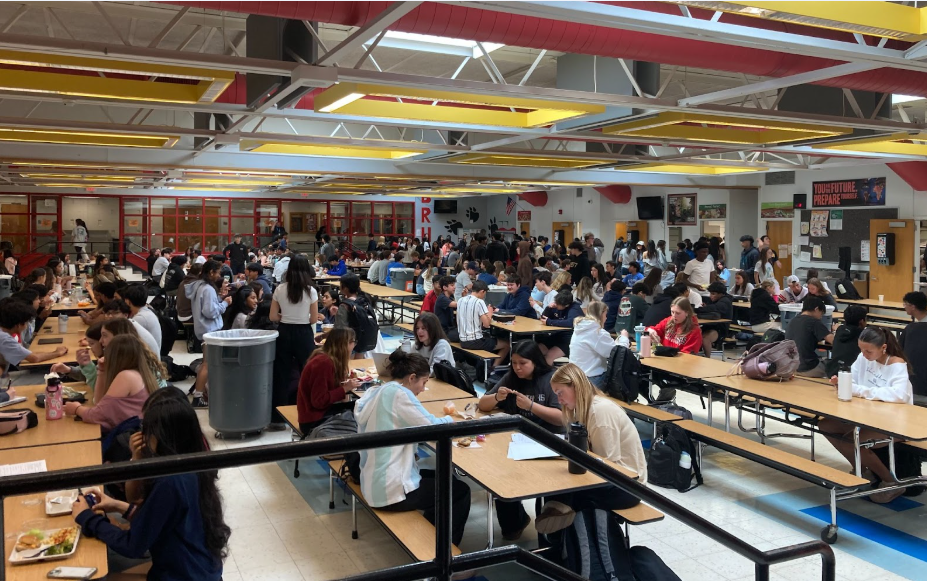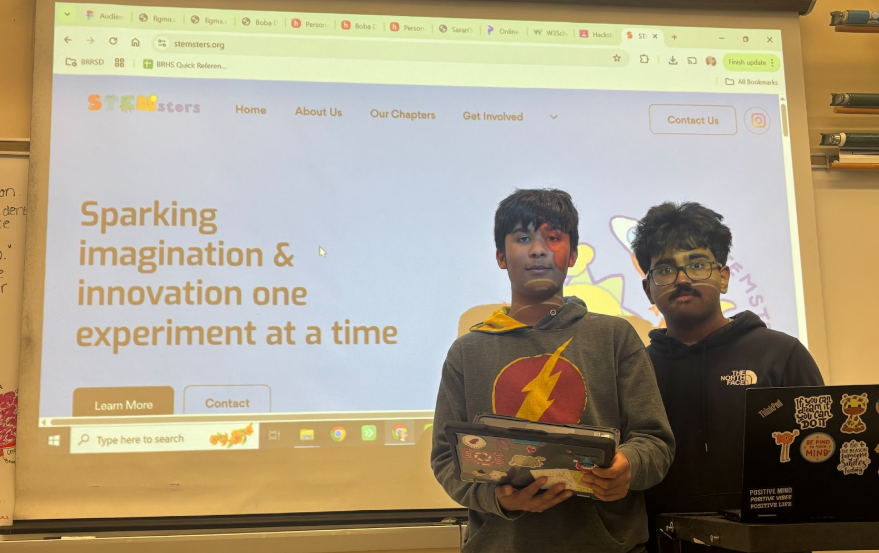Bridgewater-Raritan High School ceramics teacher, Angela Morin, is committed to helping her students succeed and build a career in ceramics by providing them with the necessary skills and knowledge.
Ceramics have captivated the hearts and minds of humans for millions of years for both its functionality and aesthetics. Bridgewater-Raritan High School prides itself in ensuring that the impact and legacy of ceramics remain alive.
As a result, BRHS offers a variety of ceramics classes, many taught by Mrs. Morin. Through instruction on ceramics history and hands-on learning, students are provided a valuable opportunity to develop their artistic skills and appreciation for this timeless art form.
Mrs. Morin’s passion for art has driven her throughout her life. For her, art has always been an outlet to express herself and her feelings.
“I was inspired to become an art teacher because, throughout my life, I have found art to be a sanctuary whenever I struggled to find the right words to convey my personality, perspective, or personal feelings,” Mrs. Morin said.
Before teaching ceramics at BRHS, Mrs. Morin taught sculpture in her previous school district. However, she never expected to teach ceramics.
“I never thought I would teach ceramics, and I always sort of saw it as being dirty and cumbersome to teach to students,” Mrs. Morin said.
But fate had other plans for her. When the ceramics teacher at her previous district retired, Mrs. Morin was asked to teach ceramics in addition to sculpture. She agreed, fearing that the class would disappear for the students who wanted to take it.
To her surprise, ceramics quickly became her favorite class to teach.
“Every person, regardless of skill or background, has an innate ability to sculpt through clay, and ceramics made students who didn’t believe they could do art into artists,” she said.
According to Mrs. Morin, her courses focus on creating functional, 3D designs that incorporate both aesthetics and practicality.
“Students should take into account the aesthetics of the artwork, and the practicality of the design for using it, and it should have a height, width, and depth,” Mrs. Morin said.
Throughout the course, students create a variety of projects such as bowls, teapots, vases and sculptures. These projects are created using either low-fire or mid-fire clay and are glazed using various painting techniques.
Mrs. Morin’s structured approach to teaching ceramics ensures that students not only learn fundamental skills but also develop their creativity and artistic expression.
While clay may seem simple to work with, Mrs. Morin has noticed that many students often have trouble turning their ideas into reality and understanding the physics of the medium.
“Clay is pretty simple to work with, but I find that students often grapple with how the idea that they have in their heads actually interacts with physics and the reality of the medium,” Mrs. Morin said.
She believes that the more students use clay and build things, the better they understand the concept. Nonetheless, she acknowledges that students often become frustrated when their final product doesn’t match their initial vision.
“The struggle is that many students will get frustrated because the product doesn’t look as good as they imagined and they think they will never be good at it at all,” she explains.
Nevertheless, Mrs. Morin encourages her students to keep trying and practicing, as she believes that the experience gained from practice is what ultimately leads to success.
“The students who keep trying and practicing are the ones who end up gaining the practice and experience needed to produce the artwork that they imagined,” Mrs. Morin said.
She advises aspiring ceramics students to explore opportunities like working in a studio or a ceramic factory to gain experience and improve their skills. She encourages students to attend art events and mingle with people in the industry.
“Art is not reserved for the talented, just the people who are not willing to give up when the going gets rough,” Mrs. Morin said.






